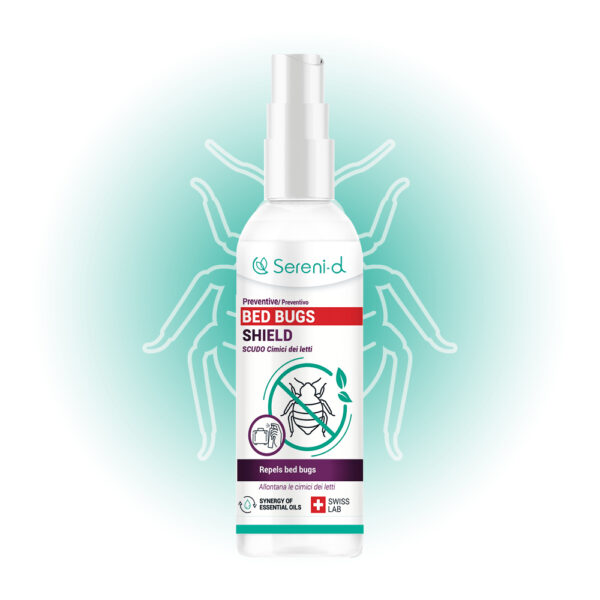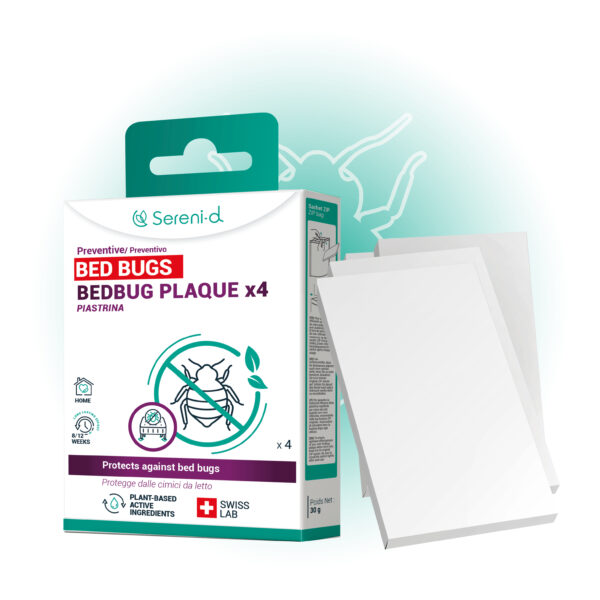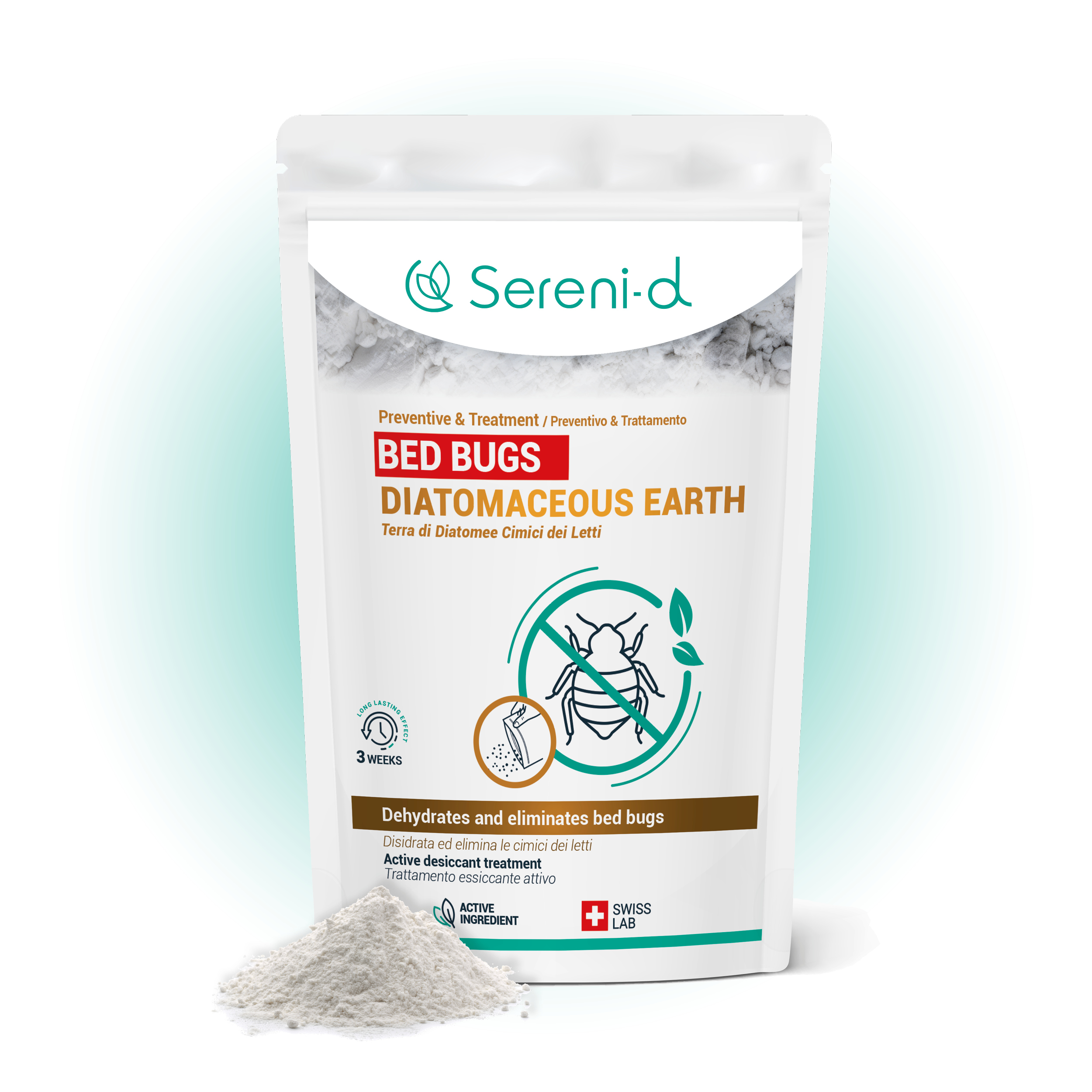Bed bugs are difficult to get rid of! With infestations on the rise, insecticide treatments are now the norm, with varying degrees of success. However, does this pest have any natural predators? Are there other insects that feed on bed bugs? Find out in this article.
In brief
➡️ Natural predators such as the fast-moving centipede exist, but they are not enough to eliminate an infestation of bed bugs.
➡️ Introducing these predators into your home is not recommended.
➡️ Heat and chemical treatments remain the only truly effective methods, as they destroy both adults and eggs.
➡️ Prevention is essential.
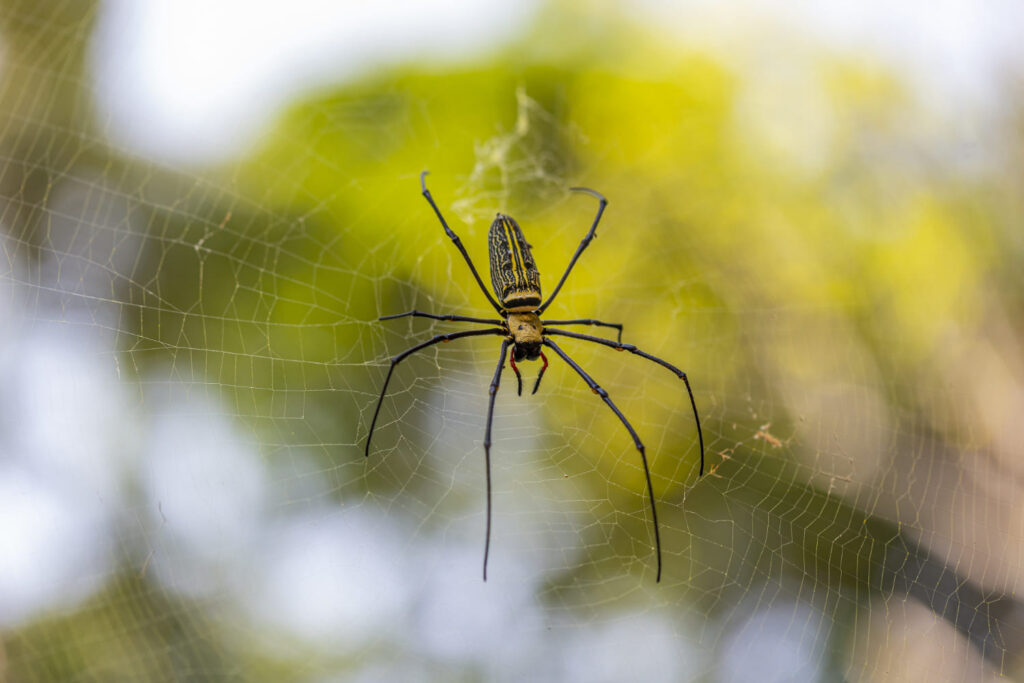
1) Spiders
Spiders are formidable natural predators. These hunters wait patiently in their webs or move silently at night to capture various insects. Are bed bugs among their prey? Yes, for some species large enough to eat them. This is the case, for example, with the Thanatus flavidus found in Eastern Europe.
However, it would take many individuals to overcome an infestation of bedbugs, not to mention the fact that you would have to live with them in your home…
A spider cannot eliminate a swarm of bedbugs hidden in bedding or under a bed base. Furthermore, they cannot reach the eggs, which are stuck and well protected in corners.
2) The rapid scutiger
The rapid scutiger (Scutigera coleoptrata) is a thin, fast centipede, recognisable by its long legs and lightning speed. A predator par excellence, it feeds on a multitude of insects, including pests such as cockroaches, flies… and sometimes bed bugs.
Thanks to its mobility and long antennae, it can squeeze under skirting boards, behind furniture or into cracks, which are popular hiding places for bed bugs.
Its bite injects a mild venom that is harmless to humans but sufficient to immobilise an adult bed bug.
However, as with spiders, its action is very limited. Its presence in a house or flat is not enough to eliminate all parasites. It should be noted that an infestation of bed bugs can spread very quickly, with each adult female laying 5 to 10 eggs per day.
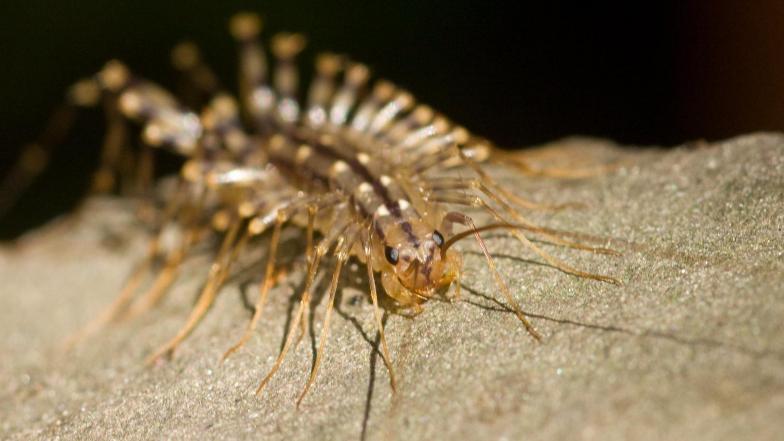
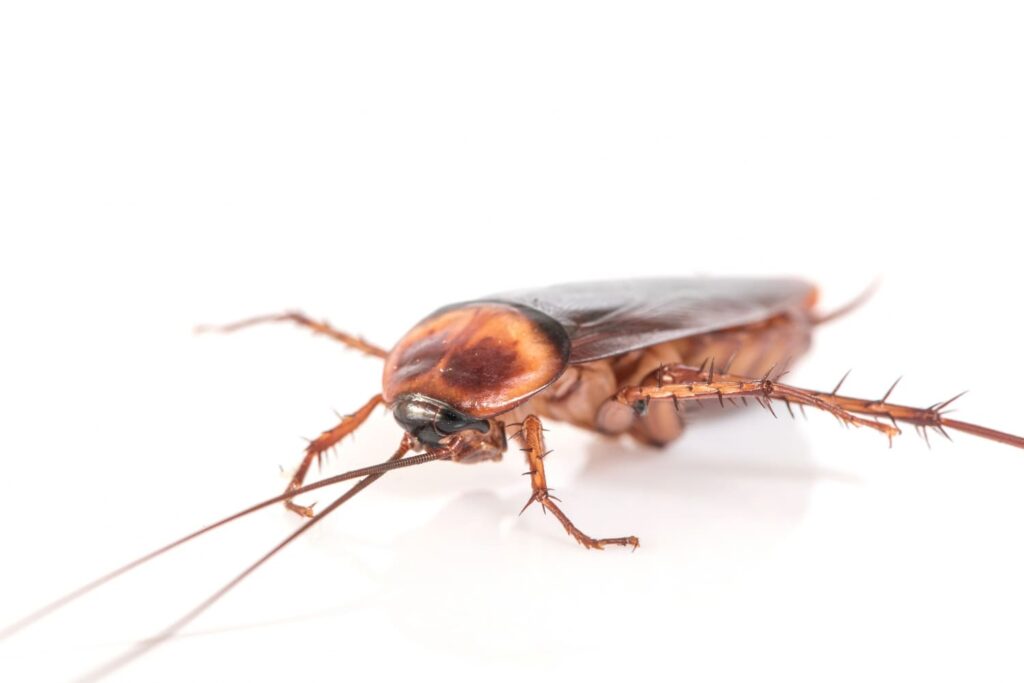
3) Cockroaches
Cockroaches, particularly German cockroaches (Blattella germanica) and Oriental cockroaches (Blatta orientalis), are opportunistic omnivores. They feed on anything they can find: food scraps, organic waste, dead insects… and sometimes live or dead bed bugs.
In an infested environment, a cockroach may nibble on weakened adult bedbugs or newly hatched ones. However, in practice, no one wants cockroaches in their home.
4) Lizards
In some hot regions, lizards, such as geckos, are opportunistic hunters that feed on many insects, including flies, mosquitoes and cockroaches. Their keen eyesight and rapid movements enable them to spot and catch moving prey.
In theory, a lizard could therefore attack a bed bug that moves out of its hiding place, for example on a wall or a sheet.
However, lizards are outdoor animals and, unlike bed bugs, are not active at night.
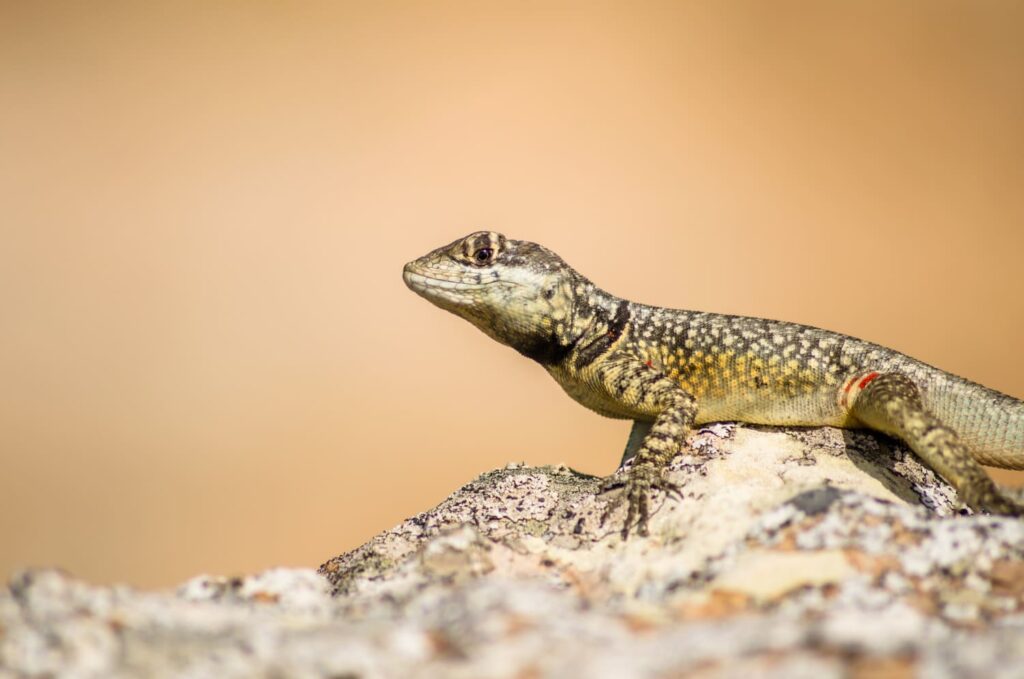
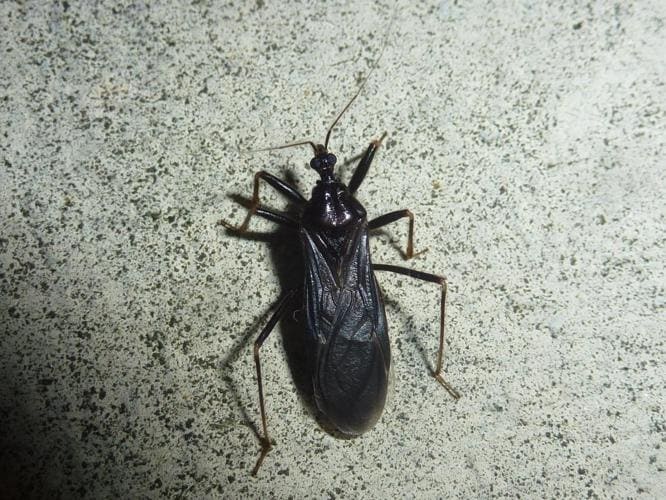
5) The masked assassin bug
The masked assassin bug (Reduvius personatus) is a predatory insect belonging to the heteroptera family. It is sometimes nicknamed the “masked bug” because it can hide by covering itself in dust using sticky hairs.
This small insect feeds on many biting and sucking insects such as fleas, termites and bed bugs! With its powerful rostrum, it pierces the cuticle of its prey and sucks out its contents.
Unlike other predators, the masked reduviid can hunt in more confined areas, including near mattresses or in gaps in furniture.
Unfortunately, its bite, although rare, can cause a painful reaction in humans similar to a wasp sting.
Bonus: mushrooms?
Mushrooms still have many secrets to reveal to us! Some specimens could help fight bed bugs. This is the case with Beauveria Bassiana, a pathogenic fungus that penetrates the bed bug’s body and feeds on its host until it dies.
It is also used in agriculture to control certain harmful insects.
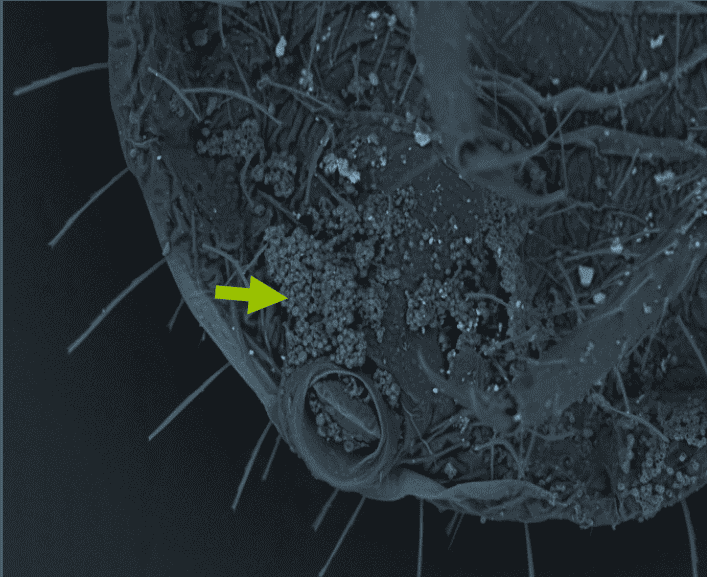
Are natural predators sufficient to get rid of bed bugs?
The answer is clear: no. Their presence in a home infested with bed bugs is far from sufficient to eradicate the problem.
Here’s why:
- Insufficient population: natural predators are not numerous enough to effectively combat the multitude of bed bugs.
- Limited access to hiding places: bed bugs hide in bedding, skirting boards, cracks or under mattresses, areas that are often inaccessible to their predators.
- No effect on eggs: even the most effective hunters cannot destroy the eggs, which are protected by a waxy shell and firmly attached to crevices.
- Undesirable cohabitation: introducing predators such as spiders, centipedes or cockroaches into your home can cause other health problems.
Effective methods for eradicating an infestation
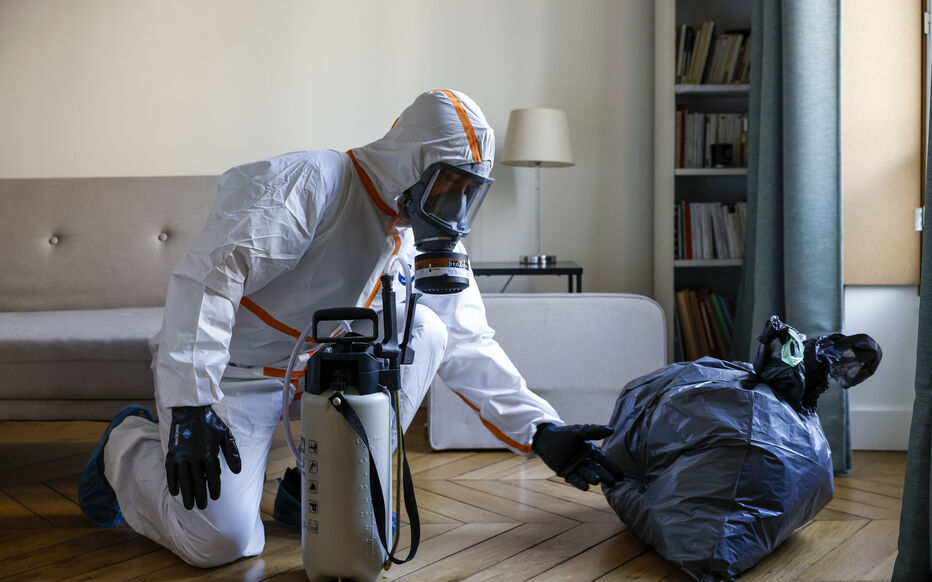
Heat treatments and insecticides
When faced with a bed bug infestation, professional treatments remain the only truly reliable solution. Heat and chemical methods are often combined to achieve lasting results.
Specialised companies use the following methods in particular:
- Dry steam cleaners at around 120°C: this method instantly kills adult bedbugs, nymphs and eggs.
- Shock insecticides such as our SOS Bed Bug Spray and products with a residual effect such as diatomaceous earth: these remain active for several weeks to eliminate insects that hatch after the first treatment.
➡️ Good to know: When choosing your professional, make sure they hold Certibiocide certification, which is mandatory for handling professional chemicals.
Some natural methods
Although they are not a substitute for professional treatment, some natural methods can complement the fight against bed bugs, particularly to limit their spread before a certified pest control expert is called in.
1. Diatomaceous earth
Diatomaceous earth is a mineral powder composed of fossilised microalgae that acts by cutting the cuticle of insects. When insects come into contact with it, they dehydrate and die.
You can sprinkle it lightly along skirting boards, in gaps and around the bed.
2. Bed bug traps
Adhesive traps, repellent pads, mechanical traps, etc. Some methods are effective in repelling or capturing bed bugs.
Find out everything you need to know in our full article on bed bug traps.
3. Washing at high temperatures
Bedding, covers, sheets and clothing should be washed at a minimum temperature of 60°C and tumble dried at maximum temperature for 30 minutes. Delicate items can be frozen at -20°C for 72 hours.
➡️ See also: The complete treatment protocol for bed bugs.
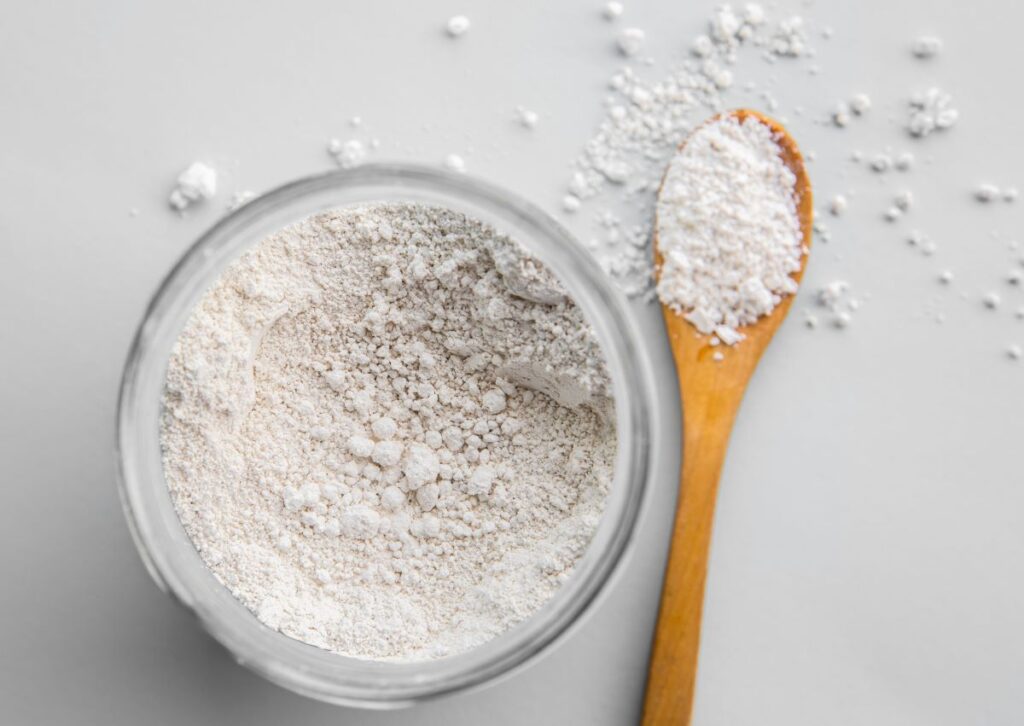
Prevention remains the best weapon
Prevention is much simpler and less expensive than professional treatment.
A few simple steps are all it takes. Here’s what you need to do.
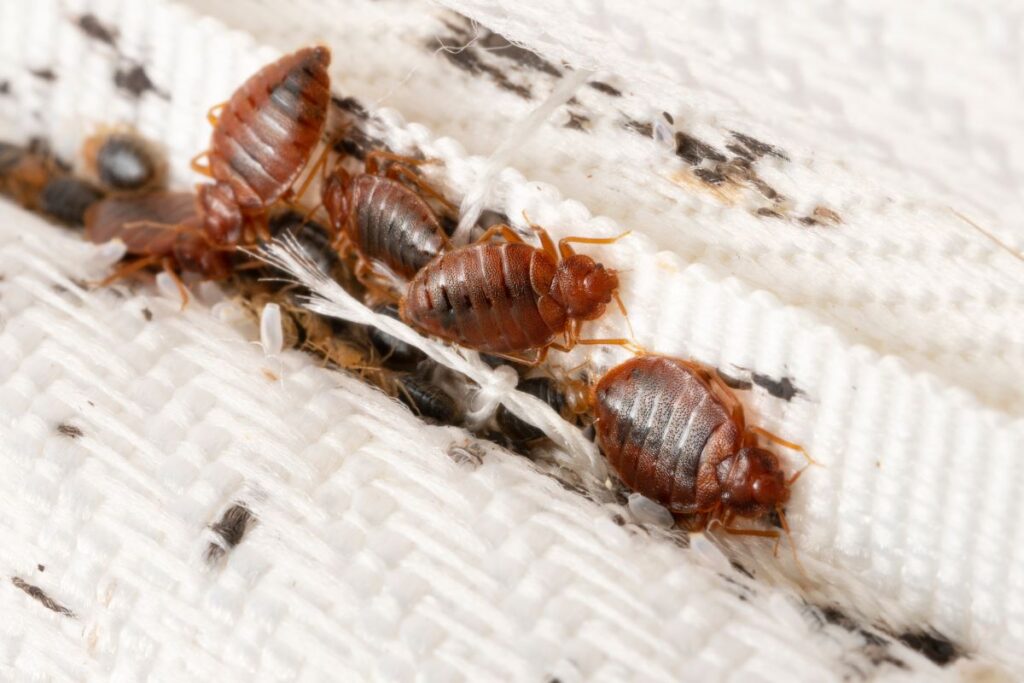
1. Regularly inspect bedding and furniture
- Check the seams of the mattress, the slats of the bed base and the back of the headboards.
- Check second-hand or recycled furniture before setting it up.
➡️ See also: Getting rid of bed bugs in a mattress.
2. Protect the bed
- Place traps under the bed legs to quickly detect any intruders.
- Use certified bed bug covers for mattresses and pillows.
- Spray with bed bug spray.
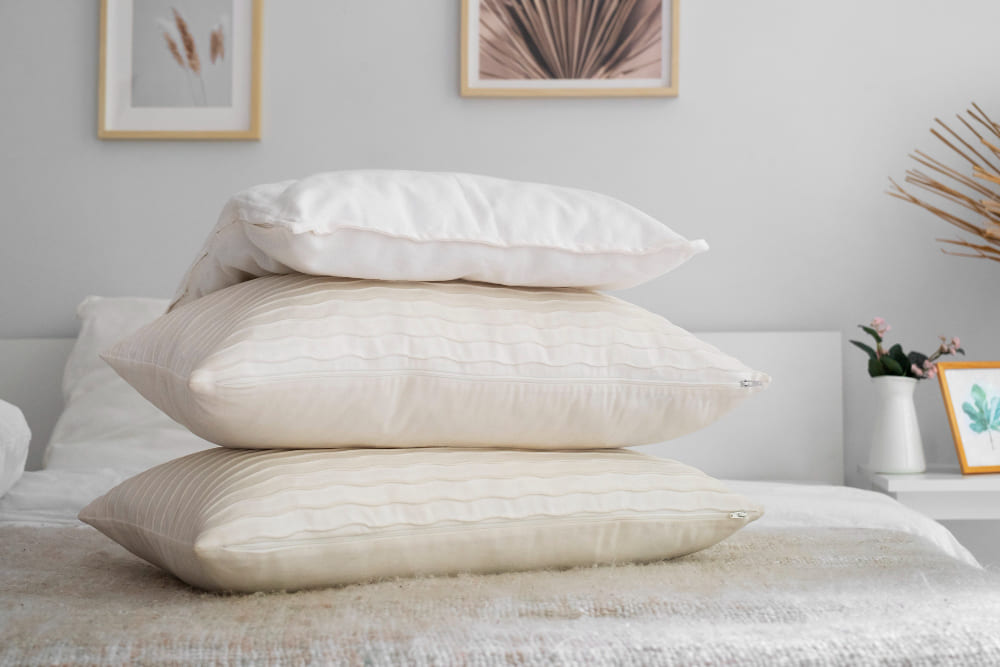
SHIELD Bed Bug for Clothing
• Preventive spray against bed bugs
• Repels bed bugs as a preventive measure
• Durable, safe and long-lasting protection
• Over 200,000 satisfied Sereni-d® customers
CONCENTRATED FORMULA – MAXIMUM RESULT
In stock
3. When travelling
- Inspect your hotel room upon arrival (mattress, skirting boards, headboard).
- Do not place suitcases on the bed or carpet; use a hard surface or luggage rack instead.
- Wash all clothing immediately upon your return, even if it has not been worn.
For more information: How can I avoid bed bugs when travelling?

BED PLAQUES Repellent Bed Bugs
- Bed bug repellent plaques
- Repels bed bugs in a preventive framework
- Long-lasting, safe, and durable protection
- Over 250,000 satisfied Sereni-d® customers
CONCENTRATED FORMULA – MAXIMUM RESULT
In stock
4. Raise awareness among those around you
The fight against bed bugs is a collective effort. Good practices and precautions should be shared with your neighbours and everyone around you.


